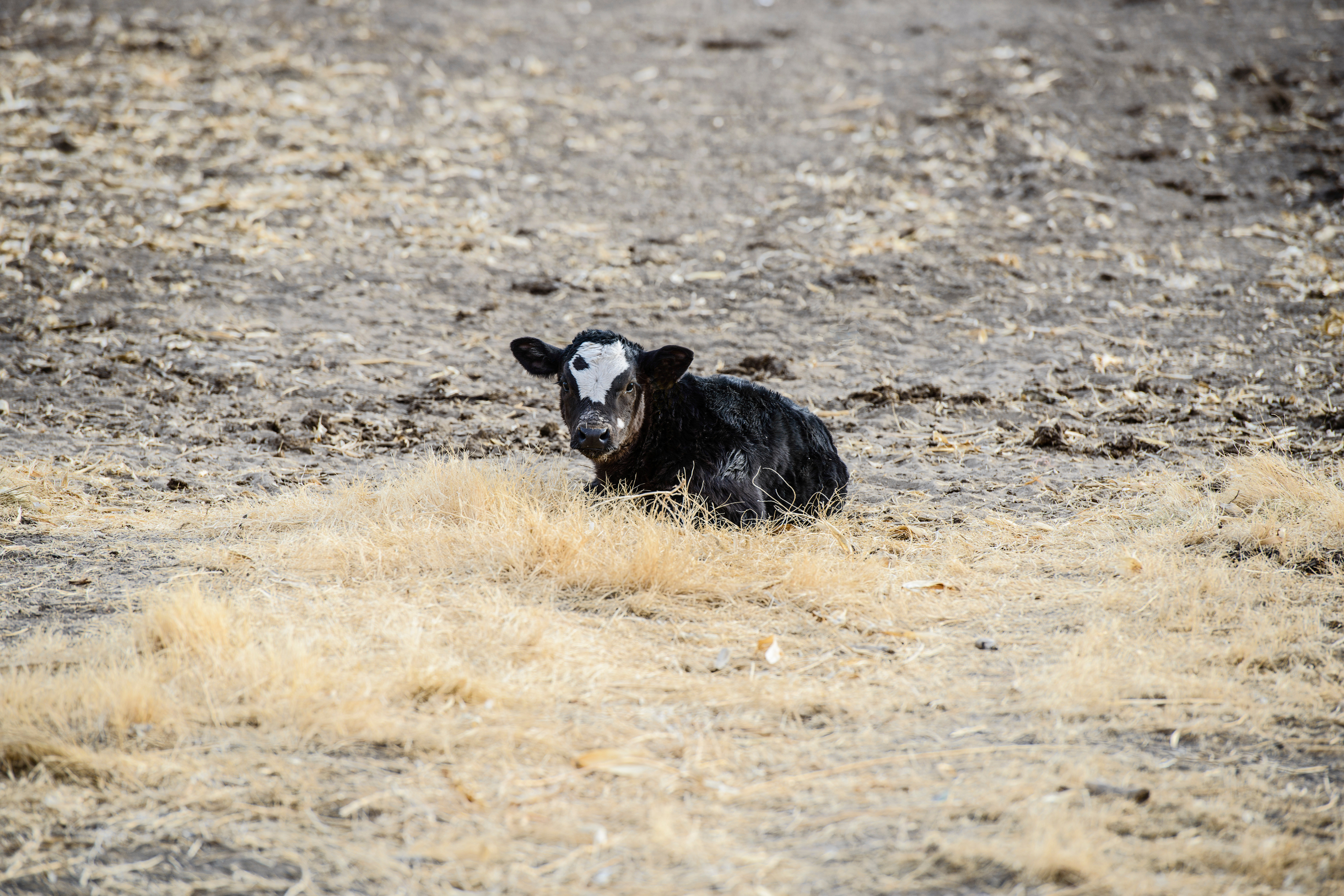Home
Barn Owl Blog
Understanding the Livestock Indemnity Program (LIP): Financial Relief for Livestock Losses

Understanding the Livestock Indemnity Program (LIP): Financial Relief for Livestock Losses
The Livestock Indemnity Program (LIP) is a federal disaster assistance program administered by the USDA that provides financial compensation to livestock producers who suffer death losses due to eligible natural disasters. LIP helps ranchers and farmers recover some of the financial loss when their animals perish from events such as severe weather, disease outbreaks, or other qualifying disasters.
How LIP Works
LIP offers payments based on the fair market value of the livestock that died as a direct result of a natural disaster. Eligible producers submit claims documenting the number and type of livestock lost, along with evidence linking those losses to a qualifying disaster event.
The program covers various types of livestock including cattle, sheep, goats, horses, poultry, and other farm-raised animals. Payments help producers offset the financial impact of losing valuable animals essential to their operations.
Eligibility and Covered Livestock
Producers are eligible for LIP if they own or lease livestock that die during a federally declared disaster period caused by eligible natural disasters such as hurricanes, floods, wildfires, tornadoes, extreme weather, or disease outbreaks recognized by the USDA.
Eligible livestock include beef and dairy cattle, sheep, goats, swine, poultry, horses, and farm-raised fish. Producers must provide documentation such as veterinary records, mortality records, or other proof that the losses occurred during the disaster and were caused by it.
Real-World Example: Rancher in Colorado After Wildfire Losses
In 2021, a wildfire in Colorado caused significant losses to a cattle rancher’s herd. Several animals died due to smoke inhalation, burns, and related complications. After the wildfire was federally declared a disaster, the rancher applied for LIP assistance.
The rancher documented the losses with photos, veterinary reports, and inventory records, and submitted a claim through the local USDA Farm Service Agency office. Upon approval, the rancher received payments based on the fair market value of the cattle lost, helping to offset the financial blow and support herd recovery efforts.
Key Benefits of LIP
-
Provides direct financial compensation for livestock deaths caused by natural disasters
-
Covers a broad range of livestock species
-
Helps producers manage unexpected losses and maintain operational viability
-
Complements other livestock and forage disaster assistance programs
How to Apply for LIP
Producers must report livestock losses to their local USDA Farm Service Agency office within 30 days of discovering the loss. Claims require documentation verifying the number and cause of death. Timely reporting and accurate records are essential for successful claims.
Conclusion
The Livestock Indemnity Program is a crucial resource for livestock producers facing unexpected death losses from natural disasters. The Colorado rancher’s example demonstrates how LIP payments can provide meaningful financial relief, enabling producers to rebuild and continue their operations. For ranchers and farmers seeking to protect their herds from disaster-related losses, LIP is an important part of a comprehensive risk management strategy.
Share


